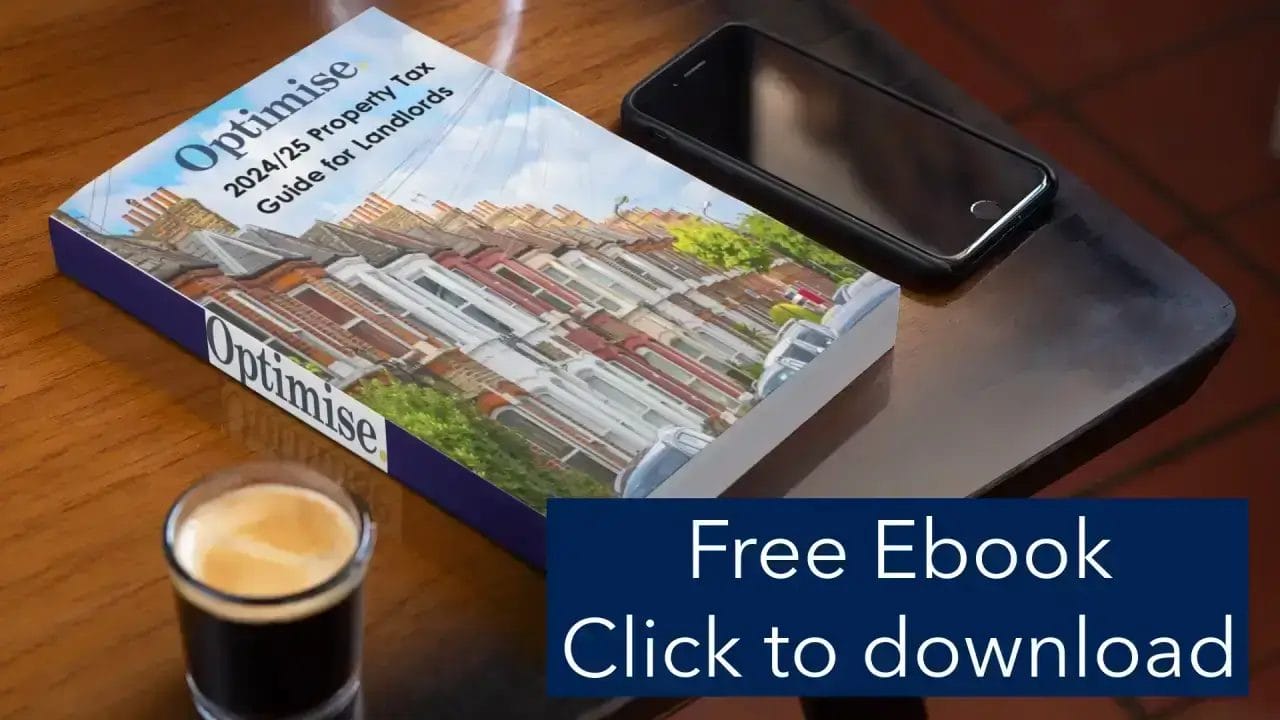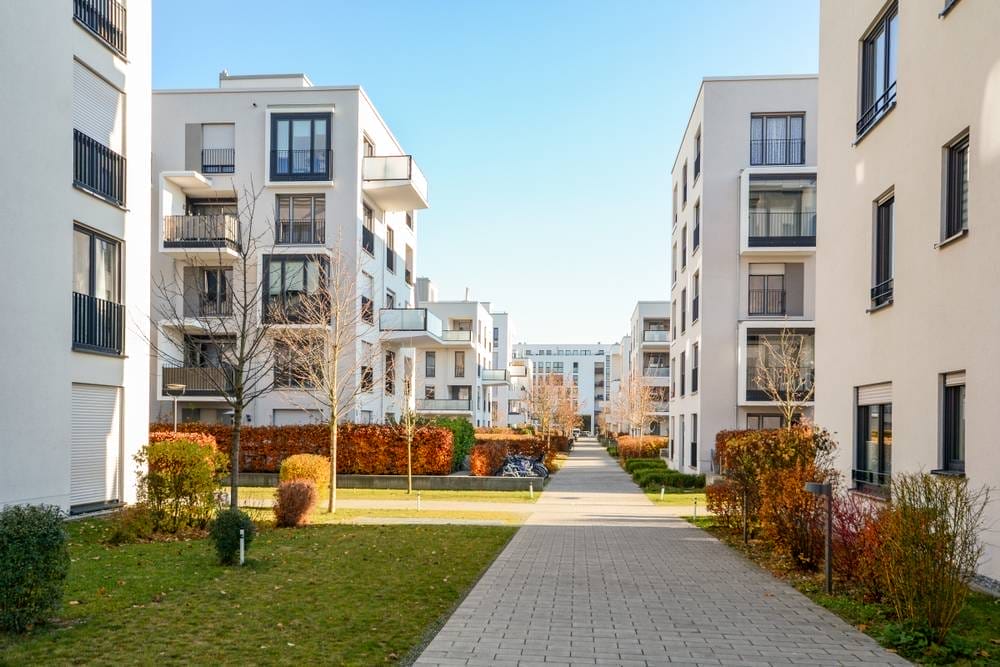Cost Segregation analysis and study to accelerate depreciation write off
Cost segregation is a tax planning strategy real estate owners use to accelerate depreciation deductions. It involves conducting a study to identify and reclassify certain assets from longer-lived real property (typically depreciated over 39 years for non-residential property or 27.5 years for residential rental property) to shorter-lived personal property categories (often 5, 7, or 15 years). This strategy allows property owners to maximize current depreciation deductions, thus reducing current tax liability.
If you have US taxable income you might wish to use our free online income tax estimator
Cost segregation benefits
Increased Cash Flow: By accelerating depreciation, you can reduce current tax liability, increasing your available cash flow.
Time Value of Money: Getting tax deductions earlier (even if the total over the property’s life is the same) is financially beneficial due to the time value of money.
Catch-Up Depreciation: If you’ve never conducted a cost segregation study on an owned property, the IRS allows for “catch-up” depreciation without needing to amend prior tax returns.
The downsides
Upfront Costs: Conducting a cost segregation study involves hiring professionals, which can be expensive.
Depreciation Recapture: Accelerating depreciation can increase potential depreciation recapture upon the sale of the property, typically taxed at a higher ordinary income tax rate rather than the more favourable capital gains rate.
Shortened Benefit Period: While you get more significant benefits early on, these benefits decrease later in the property’s life because you’ve already claimed a substantial portion of the depreciation.
Examples
Electrical Installations: If you own an office building, electrical system elements that serve office equipment or machinery can be classified as personal property and depreciated over a shorter life than the building itself.
Specialized Plumbing: In a manufacturing facility, Plumbing that serves particular equipment (rather than the entire building) can be segregated and depreciated faster.
Decorative Building Elements: In a hotel, items like wallpaper, non-structural millwork, or carpeting can be identified as personal property and depreciated over a shorter period than the structural components of the building.
Depreciation rates on real estate property
Residential Rental Property: Building (Structure): 27.5 years
Non-Residential Real Property (Commercial): Building (Structure): 39 years
Land Improvements (e.g., parking lots, sidewalks, landscaping): 15 years
Personal Property (Tangible):
Office Furniture & Equipment: 7 years
Appliances (e.g., stoves, refrigerators) in a rental property: 5 years
Window Treatments: 5 years
Land Improvements:
Retaining Walls: 15 years
Shrubs & Trees (not directly related to agricultural or horticultural use): 15 years
Specialty Assets (often identified in a cost segregation study):
Electrical Installations specific to equipment: 5 or 7 years
Specialized Plumbing for equipment: 5 or 7 years
Decorative Building Elements (e.g., mouldings): 5 or 7 years
IRS Tax Forms used for cost segregation
Form 3115, Application for Change in Accounting Method: If you’re conducting a cost segregation study on a property you’ve owned for several years and want to catch up on the depreciation you’ve missed, you’d typically need to file Form 3115 to change your method of accounting for that property.
It’s essential to remember that while cost segregation can provide substantial tax benefits, working with professionals knowledgeable in tax and engineering aspects is crucial to ensure the study is accurate and compliant with IRS guidelines.
FAQ
Cost segregation is a tax-saving strategy used by real estate owners. It involves identifying personal property assets and separating them from real property assets, which results in accelerated depreciation periods. This can lead to substantial tax savings for property owners.
Businesses consider cost segregation studies to maximize tax savings by adjusting the timing of deductions. When personal property assets are segregated from the building, they can be depreciated over a shorter lifespan, often 5, 7, or 15 years instead of the standard 27.5 or 39 years. This means larger tax deductions in the early years of property ownership.
While many types of properties can benefit, properties that have undergone significant improvements or expansions, newly constructed properties, and properties with a purchase price greater than $1 million often see substantial benefits. This includes commercial properties, manufacturing facilities, apartment complexes, and even some high-end residential properties.
Ideally, a cost segregation study should be done immediately after the purchase, construction, or renovation of a property to maximize the benefits. However, IRS rules allow property owners to go back and claim missed depreciation without amending past tax returns.
While the benefits can be substantial, there are risks. If not done correctly, a cost segregation study could lead to IRS scrutiny or an audit. It's crucial to work with knowledgeable professionals who understand the intricate details of tax law and property classifications.

